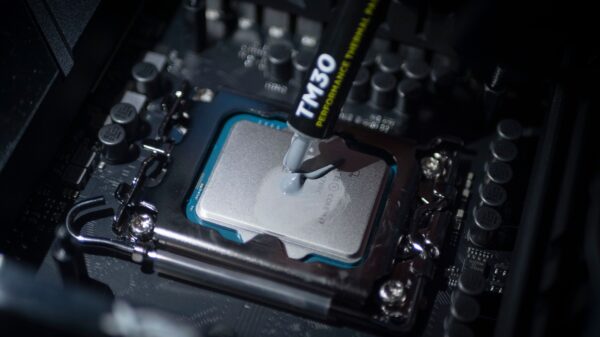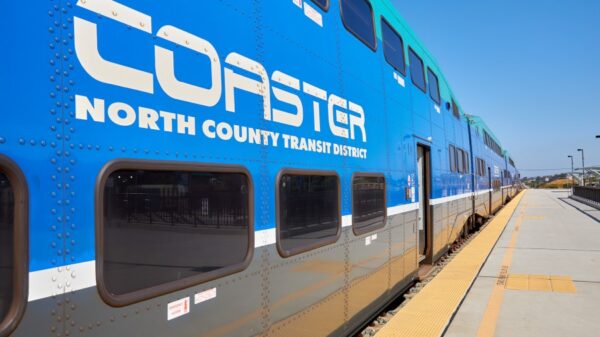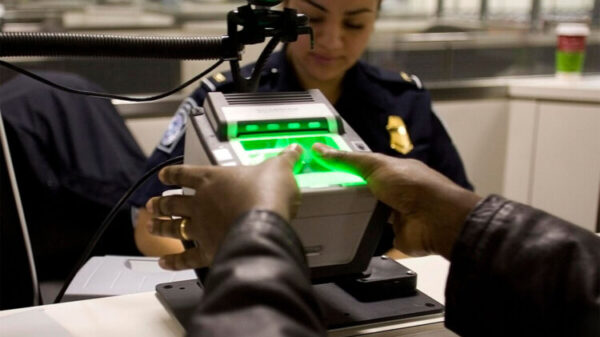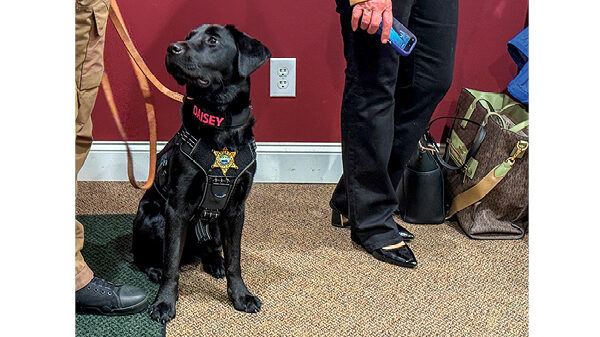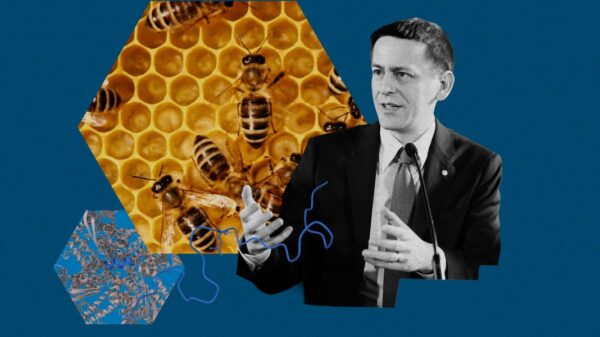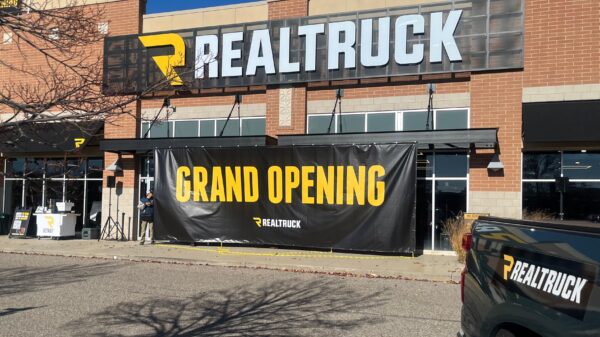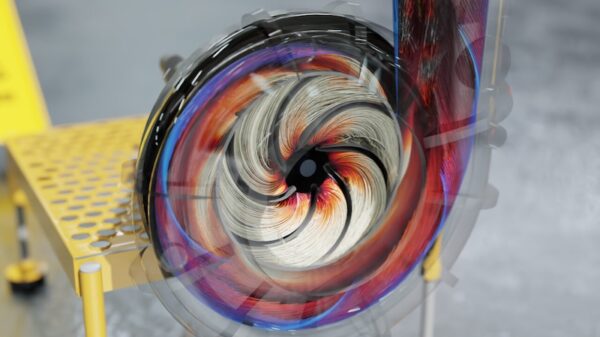A new report from Deloitte indicates that the world is entering an era of “physical AI,” characterized by intelligent robots capable of perceiving, reasoning, and acting within physical environments. This development is poised to significantly reshape sectors such as manufacturing, construction, and logistics. The report, titled How robotics and physical AI are reshaping industries and society, identifies a “pivotal moment” driven by advancements in AI models, decreasing hardware costs, and increasing labor shortages.
The concept of physical AI represents a step beyond traditional automation. According to Deloitte, these systems enable machines to autonomously interact with and make decisions based on real-time feedback from their environments. A spokesperson for Deloitte explained that this trend marks a fundamental shift in how work, productivity, and human-machine collaboration are perceived.
Acceleration in Robotics Adoption
Deloitte’s report highlights the rapid adoption of humanoid, quadruped, and autonomous mobile robots across various industries. Notable examples include Agility Robotics, which has ramped up production at its RoboFab plant to produce up to 10,000 humanoid robots annually. Additionally, Boston Dynamics has deployed its Spot quadrupeds in diverse sectors, ranging from energy to law enforcement.
The report underscores how physical AI builds upon advancements in vision-language-action models, allowing robots to comprehend speech and analyze scenes without direct programming. Notably, manufacturing costs for humanoid robots decreased by 40 percent from 2023 to 2024, attributed to cheaper sensors, actuators, and enhanced production methods. The market for robotics is expected to expand rapidly, with forecasts predicting a global market worth $392 billion by 2033 and a humanoid robot market valued at $38 billion by 2035.
Workforce Implications and Safety Concerns
Deloitte asserts that physical AI will augment rather than replace human labor, although repetitive physical tasks may see the first shifts. Future work environments are likely to feature a combination of human and robot roles, necessitating significant investments in workforce training and safety measures.
The report also highlights the unique challenges posed by physical AI, particularly regarding safety, regulation, and cybersecurity. As robots transition from controlled industrial settings to public spaces, concerns over cyber-physical threats are growing. Research cited in the report reveals that 80 percent of manufacturing firms experienced cyber incidents in 2024.
To assist companies in navigating this technological shift, Deloitte introduces a “6Ps” roadmap for the adoption of physical AI: Prepare, Perceive, Process, Perform, Proceed, and Potential. This framework addresses critical areas such as manufacturing capability, data systems, skills development, and the long-term impacts on business and society.
Tim Gaus, principal and smart manufacturing business leader at Deloitte, is a prominent voice in the report. He is available to discuss how business leaders can strategically respond to this significant transition.
In conclusion, Deloitte emphasizes that while physical AI has the potential to revolutionize work and productivity across multiple industries, organizations must proactively address both technical and human-capital challenges to fully harness its benefits.



